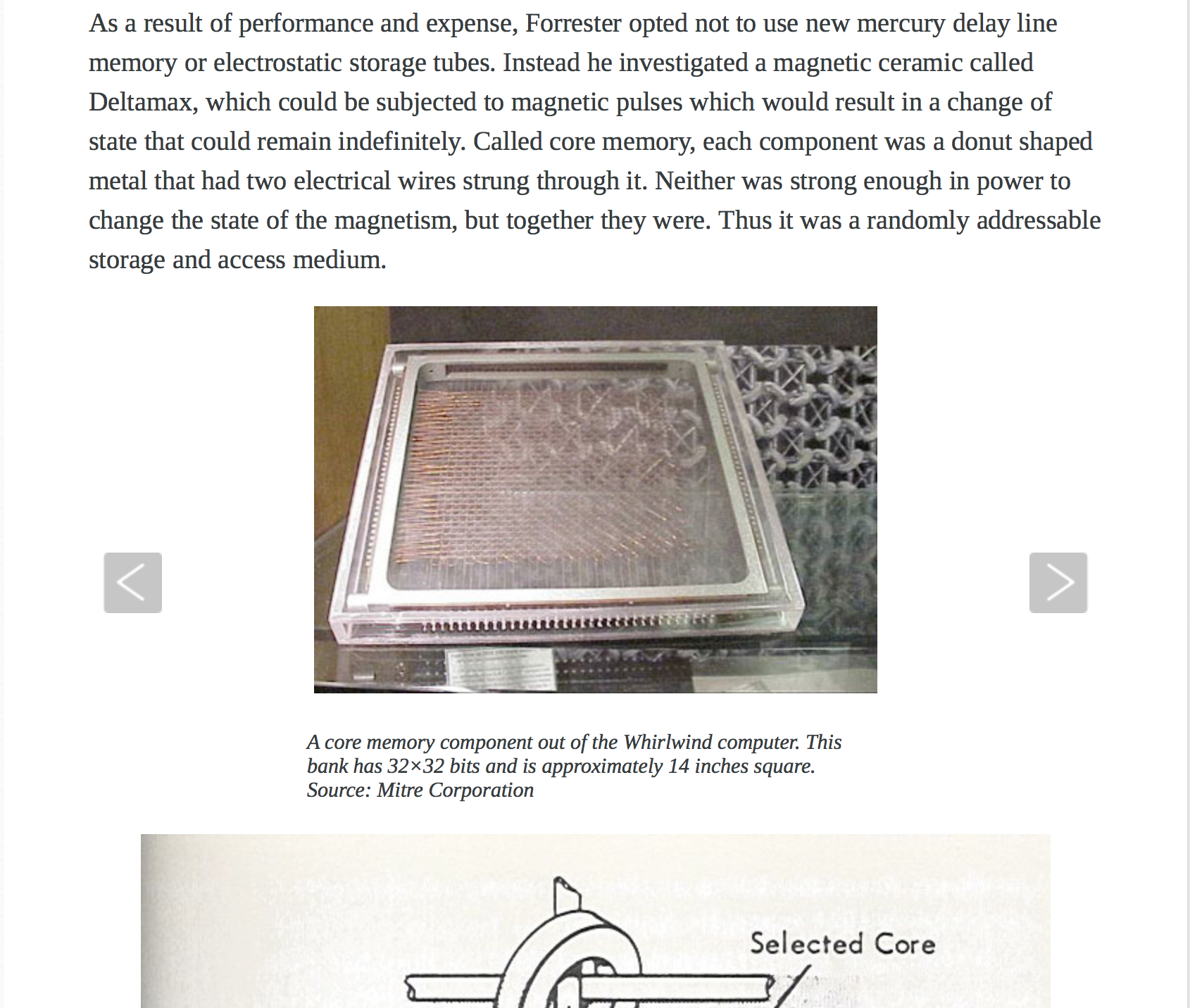
History is the version of past events that people have decided to agree upon.
Napoleon Bonaparte (1769 – 1821)History never looks like history when you are living through it.
John W. Gardner (1912 – 2002), quoted by Bill Moyers
This book has evolved over the past dozen or so years, as different groups of students have taken the course at Ohio State that it was initially used for. These students have participated in the research and the development of many of the sections of the material. Originally it developed as a web site that came to be regarded as an important resource for the CG discipline, as we helped to maintain in one location much information and many references that point to the important developments of the short life of the computer graphics world as we know it.
It only became logical to move this collection of web materials to a “book” when e-books finally were able to include the interactivity and media capabilities that are so important for presenting much of the relevant materials. We have still maintained certain references to material as links to external web sites (blue text), because their presence on the web can present a certain context and opportunity for discovery that external browsing can offer, and also to protect the copyright related to certain materials. (Note: many referenced videos and other materials require an active Internet connection!)
The book will include a review of the important work of individuals and institutions, including video and film, as well as a review and discussion of printed material from the literature. Photos are obviously very important to capturing the essence of some of the contributions, and so they are liberally scattered throughout. Some take advantage of the interactivity offered by an e-text, so the reader can investigate them more thoroughly. For example, terms and names presented in bold and blue are linked to an embedded glossary, which can be used to create study guides or flash cards. Some images can be enlarged and perused in an interactive fashion.
Some videos are embedded in the book, and other references and links to video compilations are included in shaded boxes within the text of the book. Many of these videos have been uploaded to YouTube or Vimeo by the author and other contributors, and others are included at the original history course website. Note: Due to certain licensing restrictions, some videos are not able to be viewed on a mobile device. Links are included for use on a desktop.
Sidebar material is included in shaded boxes within the text as well. Some of this information supports the historical account, and some is just interesting related information. Hopefully readers will appreciate some of the content, even though in some cases it has little directly to do with the CG discipline.
Finally, references, papers, books and publications are included in shaded boxes within the text. These papers have either been saved as PDFs and are embedded in the book or are included on the history course website, or are included as references so that the reader can have a proper reference trail that supports the text.
As with the web site, this book not only tries to capture the history of our discipline, but also it is intended to be an accompaniment to a history course at Ohio State. Therefore in certain chapters it may seem slightly Ohio State – centric. Also, many contributors to the broad discipline of CGI are not represented — it is not because we are underemphasizing their contributions; rather we have put together the materials for this particular course, and have therefore chosen to emphasize certain historical contributions over others to match the learning objectives of the course.
Finally, we chose to focus on the period that started with the early visual representations of data (the early 1950s) and we wrap up around the early to mid 1990s. This reflects the rapid proliferation of companies and capabilities during this period, and the equally rapid expansion of the discipline after the major changes that occurred in the few years following the disruption of the 1987 production company reorganizations.
We hope you enjoy this book and the associated resources.
Wayne Carlson
Note: Each page of the book has forward and backward arrows that are used to navigate from page to page, as shown in the screen-captured example below:

